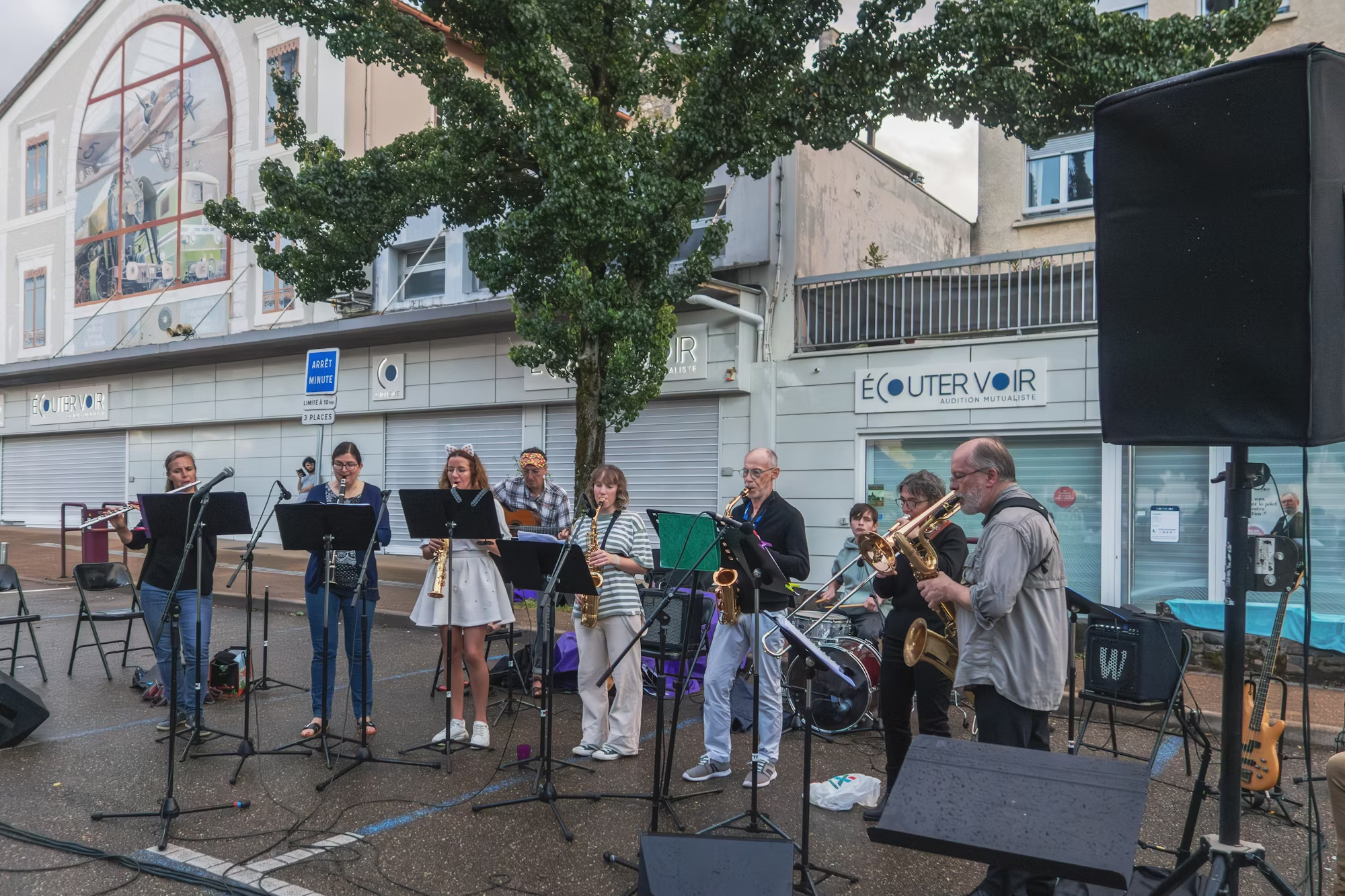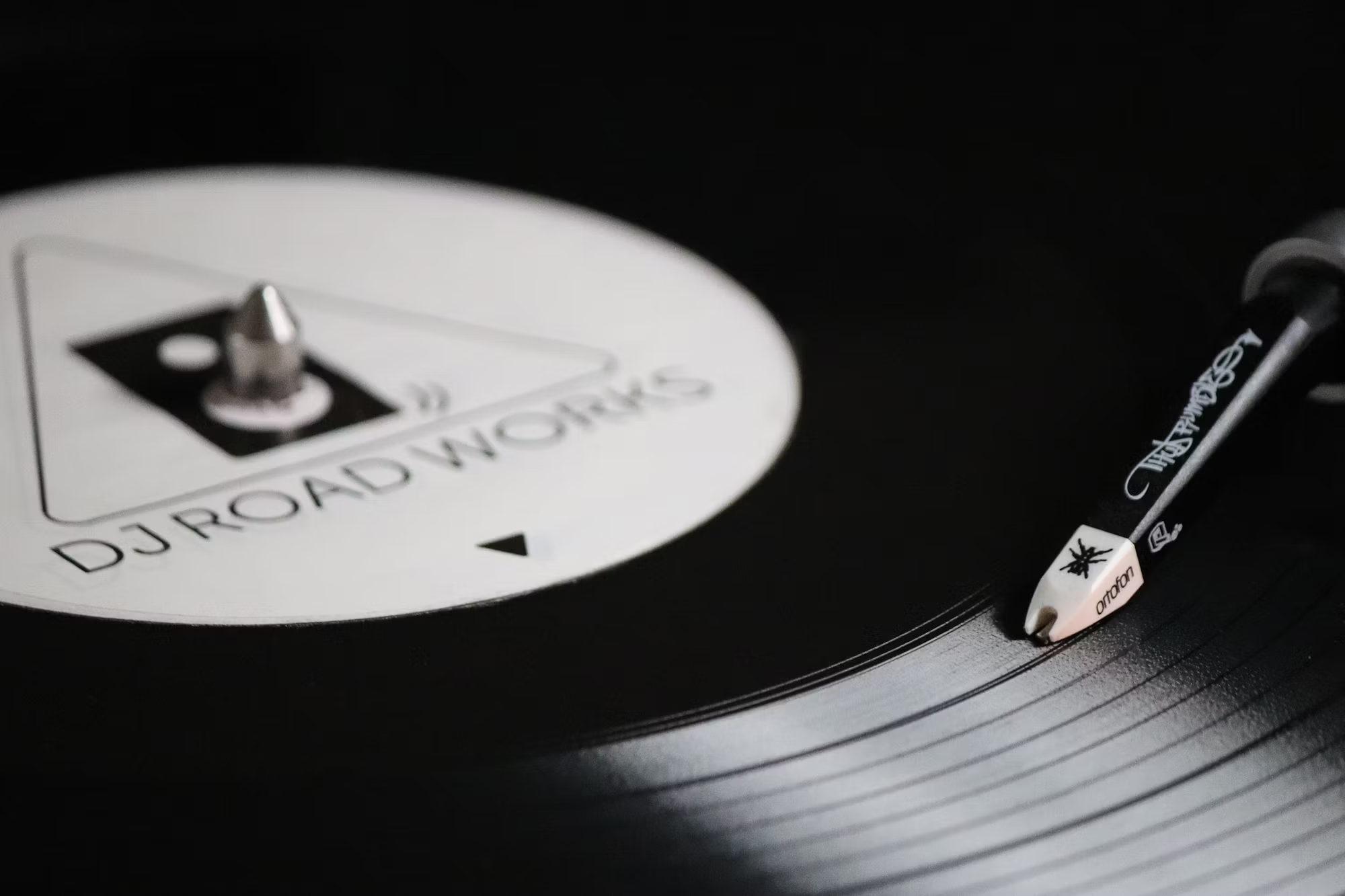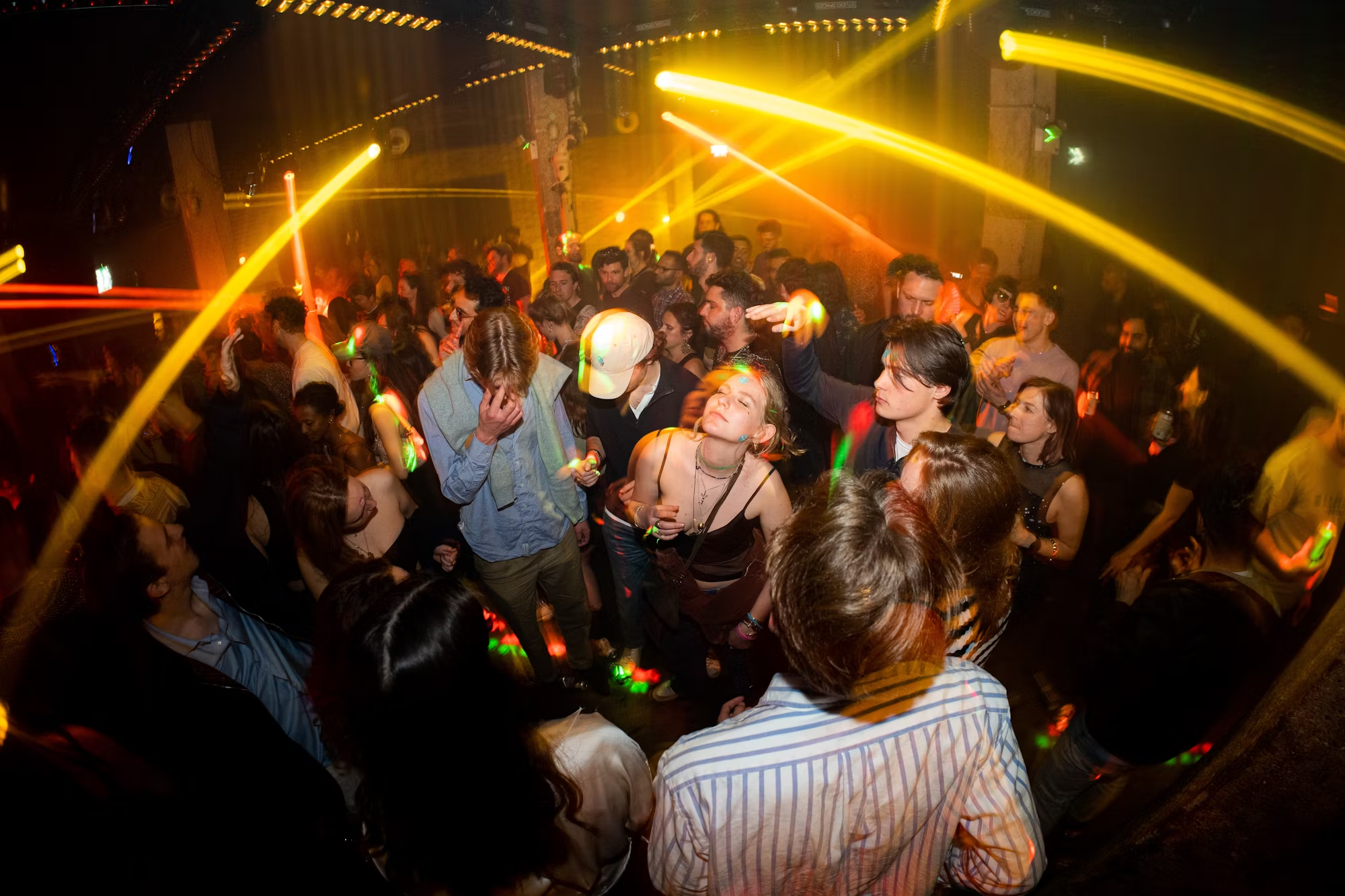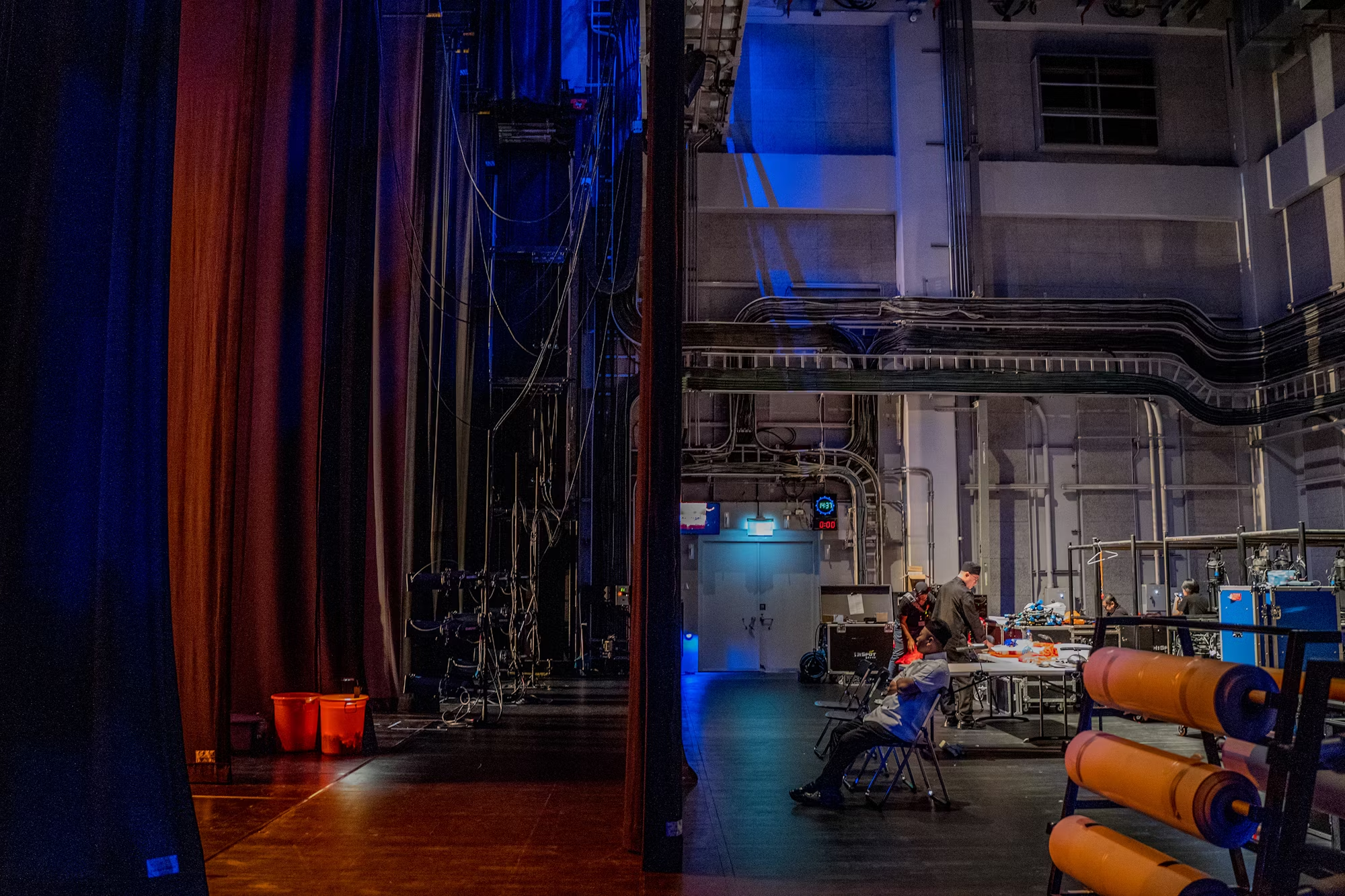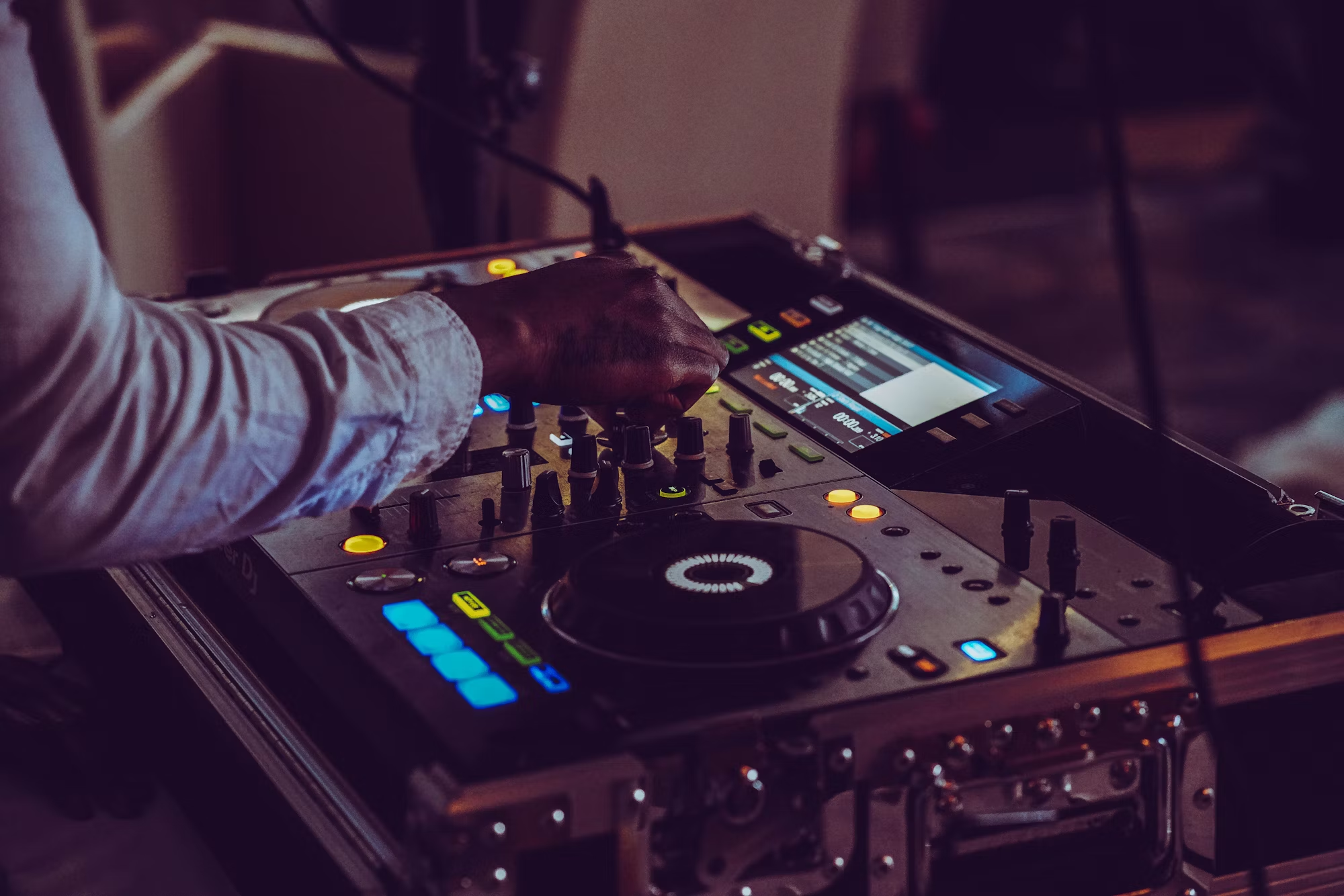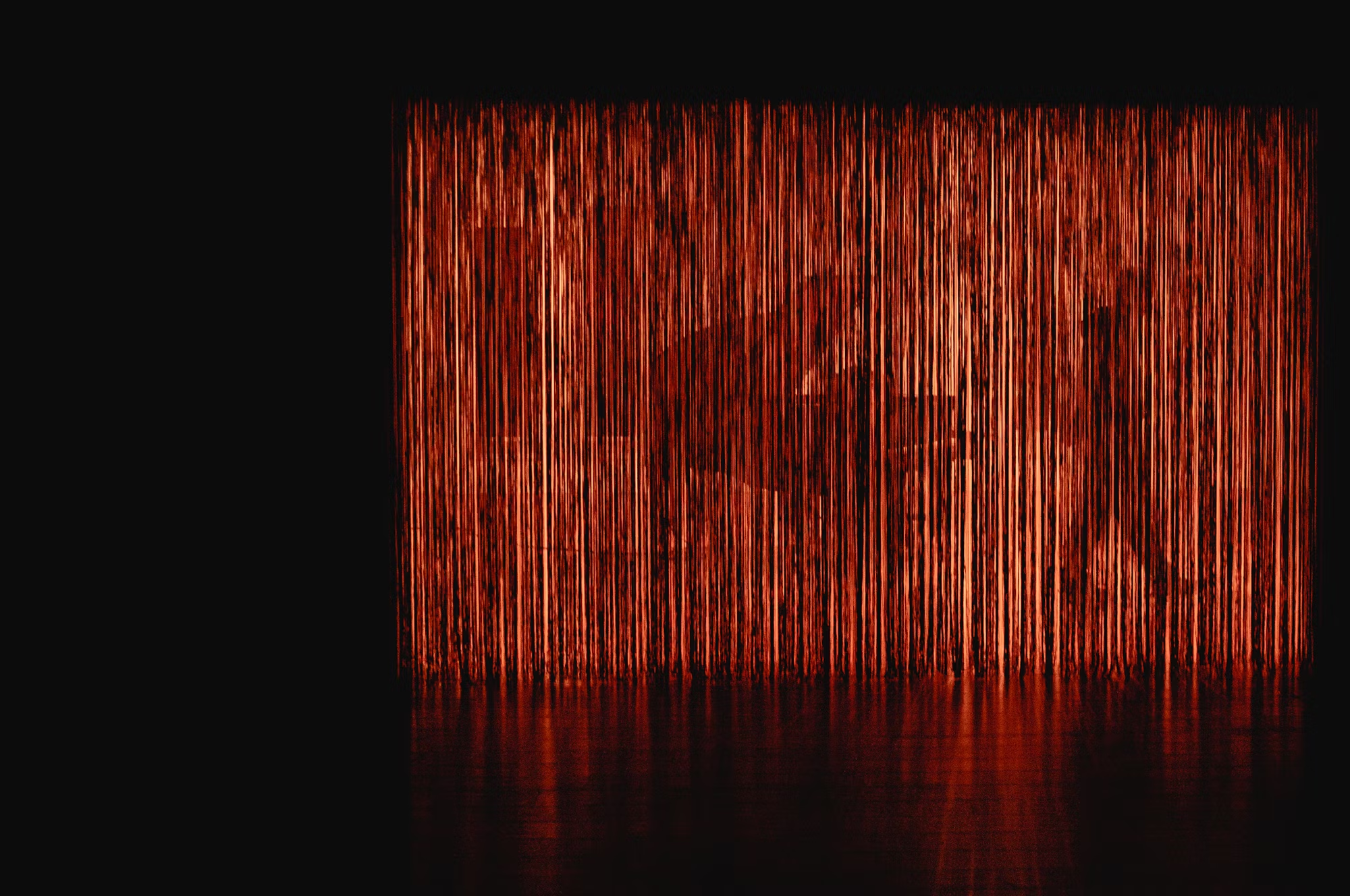Music festivals have become a global phenomenon, drawing millions of attendees each year to celebrate the joy of music and community. From massive gatherings like Coachella in California to intimate local festivals, these events play a vital role in shaping cultural identities and fostering connections among diverse audiences. This article explores the cultural significance of music festivals, examining how they promote creativity, cultural exchange, and community spirit.
The Origins of Music Festivals
The concept of music festivals can be traced back to ancient civilizations, where music played a central role in religious and communal gatherings. In ancient Greece, festivals such as the Pythian Games celebrated music, poetry, and athletic competition, fostering a sense of community among participants. Similarly, in medieval Europe, music was integral to various religious celebrations, often involving large gatherings that brought people together.
As societies evolved, so too did the nature of music festivals. The 20th century saw the rise of modern music festivals, with the iconic Woodstock Festival in 1969 marking a pivotal moment in music history. Woodstock not only showcased legendary artists but also embodied the spirit of a generation, promoting messages of peace, love, and social change. This event set the stage for countless festivals that followed, emphasizing the power of music to unite people and inspire change.
The Role of Music Festivals in Cultural Exchange
One of the most significant contributions of music festivals is their ability to facilitate cultural exchange. By bringing together artists and audiences from diverse backgrounds, festivals create an environment where different musical traditions can interact and flourish. For instance, the WOMAD (World of Music, Arts and Dance) festival celebrates global music and culture, featuring artists from various countries and genres. This platform encourages cultural dialogue and promotes understanding among different communities.
Additionally, festivals often incorporate local cultural elements, allowing attendees to experience the unique traditions of the host region. Whether through local cuisine, art installations, or traditional performances, festivals become a melting pot of cultural expression, enriching the overall experience for attendees. This blending of cultures not only fosters appreciation for diversity but also encourages collaboration among artists, resulting in innovative and fresh sounds.
Community Building Through Music Festivals
At their core, music festivals are about community. They provide a space for people to come together, share experiences, and form connections over a shared love of music. The sense of belonging that festivals foster is especially important in today’s fast-paced world, where individuals often feel isolated or disconnected.
Festivals often feature communal activities such as workshops, art installations, and collaborative performances that encourage interaction among attendees. These activities promote creativity and allow individuals to express themselves in new ways. Many festivals also prioritize sustainability and social responsibility, engaging attendees in initiatives that benefit local communities and the environment. This commitment to community well-being further strengthens the bonds formed during these events.
Moreover, music festivals often serve as platforms for social activism, addressing important issues such as climate change, equality, and mental health. By incorporating these themes into their programming, festivals raise awareness and inspire action among attendees, demonstrating the power of music as a tool for positive change.
The Economic Impact of Music Festivals
Beyond their cultural significance, music festivals also contribute significantly to local economies. The influx of attendees generates revenue for local businesses, including hotels, restaurants, and shops. According to studies, major music festivals can bring millions of dollars to their host cities, creating jobs and stimulating economic growth.
Additionally, festivals often promote local talent, providing emerging artists with a platform to showcase their music. This exposure can lead to new opportunities, helping artists gain recognition and connect with industry professionals. As festivals continue to evolve, many are adopting hybrid models that combine in-person and virtual experiences, further expanding their reach and economic impact.
The Evolution of Music Festivals in the Digital Age
The rise of digital technology has transformed the landscape of music festivals in recent years. Social media platforms play a crucial role in promoting festivals, allowing organizers to reach wider audiences and engage with fans in real time. Artists and attendees alike use social media to share their experiences, creating a sense of community that extends beyond the festival grounds.
Moreover, the COVID-19 pandemic prompted a shift toward virtual festivals, with many organizers adapting their events to online platforms. While the experience of attending a live festival is irreplaceable, virtual festivals provided an innovative solution, allowing artists to perform for global audiences and keeping the spirit of music alive during challenging times. As restrictions eased, many festivals began to incorporate hybrid models, combining in-person and online experiences to reach a broader audience and enhance accessibility.
The Future of Music Festivals
As we look to the future, the landscape of music festivals is poised for continued evolution. The integration of technology, sustainability initiatives, and a focus on inclusivity will likely shape the next generation of festivals. Many organizers are already prioritizing eco-friendly practices, implementing waste reduction strategies, and promoting local artisans and vendors to create a more sustainable experience.
Furthermore, as music genres continue to blend and evolve, festivals will reflect these changes by showcasing diverse lineups that celebrate a wide range of musical styles. The emphasis on inclusivity and representation will ensure that festivals remain relevant and resonate with a broader audience, fostering an environment where all voices are heard.
Conclusion
Music festivals hold immense cultural significance, serving as platforms for creativity, cultural exchange, and community building. From their historical roots to their modern-day iterations, festivals have evolved into dynamic spaces that bring people together to celebrate the power of music. As we navigate the future, it is essential to recognize and nurture the role of music festivals in promoting diversity, sustainability, and social responsibility. By embracing innovation while honoring tradition, we can ensure that the spirit of music festivals continues to thrive for generations to come.


